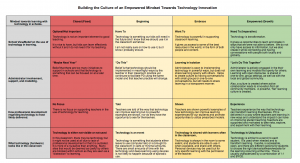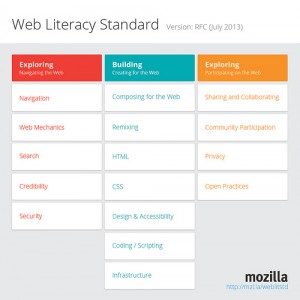Aboriginal Cultural Awareness
Module 4: Blog #3
Website: http://www.aboriginalawareness.ca/default.php
The Aboriginal Cultural Awareness Online (ACAO) is a joint effort between three partnership groups, Indigenous Leadership Development Institute, Milbrook Technologies and it is endorsed by the Assembly of First Nations. I have examined all three of these sites in the blog postings. The site is a silo for the sale of cultural awareness material that is tailored for a variety of sectors, including the workplace,K-12 education, and specific First Nations Territories. The central idea focuses on educating non-Indigenous populations about how to respect fully interact with them, in conjunction with addressing various misconceptions about First Nations communities.
The ACAO is an example of how the internet can bring together different interest ot develop a joint site that promotes all their interests. Also, this directly relates to the important role of establishing a cultural awareness within non-Indigenous communities about the living impact of colonization, by removing the negative lens placed on First Nations communities. I believe, this is directly related to the topic in my project, as a Indigenous initiative to proactively take control of their cultural identity by educating non-Indigenous peoples.
The only three links found within this site are the ones that endorsed it and set it up a website to sell products that proactively address cultural awareness in non-Indigenous communities.
Millbrook Technologies
www.millbrooktechnologies.com
Indigenous Leadership Development Institute Inc.
www.ildii.ca
Assemblyof First Nations
www.afn.ca



